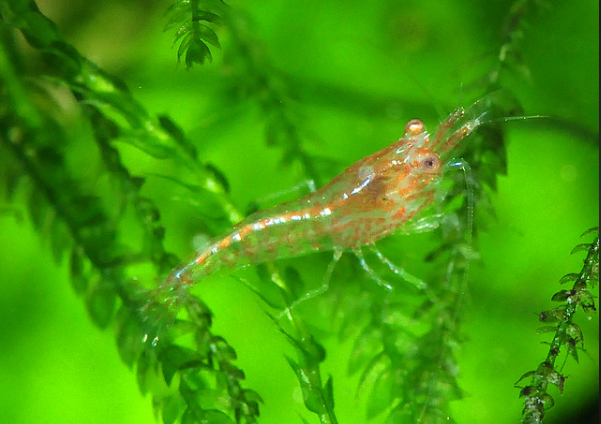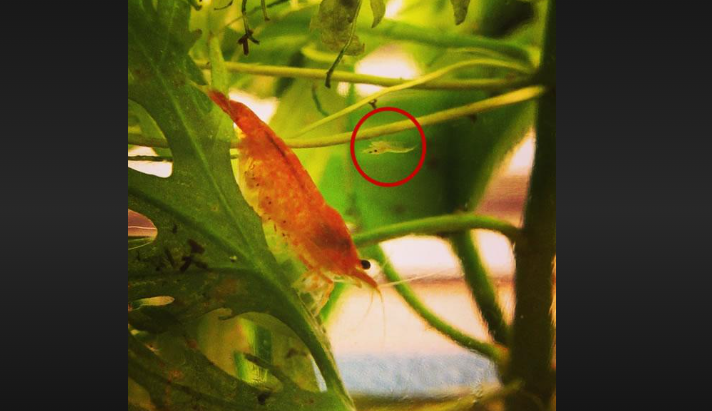What Are Baby Shrimp Called? Unveiling the Secrets of Shrimp Reproduction
Shrimp, those delectable creatures found in oceans and freshwater bodies, have always fascinated seafood enthusiasts. But have you ever wondered what baby shrimp are called? In this article, we delve into the intriguing world of shrimp reproduction to uncover the answer to this question. Join us as we explore the life cycle of these crustaceans and discover the unique terminology used to describe their offspring.

Shrimp - delectable creatures
1. The Fascinating Life Cycle of Shrimp:
To understand what baby shrimp are called, it's essential to have a glimpse into the intricate life cycle of these crustaceans.
Shrimp undergo a process called metamorphosis, where they go through various developmental stages before reaching adulthood.
This cycle includes eggs, larvae, and post-larvae, each stage having its own distinct characteristics.
2. Shrimp Eggs:
The first stage in the shrimp life cycle begins with the female shrimp laying eggs.
Shrimp reproduce through internal fertilization, where the female releases eggs and the male fertilizes them.
These eggs are typically carried by the female until they hatch, ensuring their protection.
Shrimp eggs are tiny and translucent, resembling grains of sand. The eggs are attached to the female's abdominal swimmerets or carried in a specialized pouch called the "brood pouch."
3. Shrimp Larvae:
Once the eggs hatch, they enter the larval stage. Shrimp larvae are known as "nauplii."
Nauplii are small, barely visible to the naked eye, and have a unique shape.
They possess a single eye and several appendages used for swimming and feeding.
At this stage, shrimp larvae rely on the nutrients contained within their egg sacs for survival.
Nauplii undergo several molts, shedding their exoskeletons to grow into the next stage of development.
4. Shrimp Post-Larvae:
After undergoing multiple molts, shrimp larvae metamorphose into post-larvae.
At this stage, they resemble miniature versions of adult shrimp, but they are still immature and continue to grow.
Post-larvae are often called "juveniles" or "miniature shrimp."
They possess all the essential characteristics of adult shrimp, including their segmented bodies, distinct appendages, and external skeletons.
5. Importance of Shrimp Post-Larvae:
Shrimp post-larvae play a crucial role in the aquaculture industry. These young shrimps are sought after by shrimp farmers to stock their ponds and grow them to marketable sizes. Post-larvae are known for their rapid growth and high survival rates, making them ideal candidates for commercial shrimp farming.
6. Shrimp Terminology and Species-Specific Names:
It's worth noting that the terminology used to describe baby shrimp can vary depending on the shrimp species.
For example, post-larvae of the Pacific white shrimp are often referred to as "planktonic post-larvae" or simply "post-larvae."
In contrast, the post-larvae of freshwater shrimp, such as cherry shrimp or ghost shrimp, may be called "mini shrimps" or "shrimp fry."
The exact names used can vary across regions and among shrimp enthusiasts.

A baby shrimp
The world of shrimp reproduction is a fascinating one, filled with unique stages and terminologies. Baby shrimp, depending on their developmental stage, can be referred to as nauplii, post-larvae, juveniles, or even miniature shrimp. Understanding the life cycle of shrimp and the terminology associated with it adds a new level of appreciation for these incredible creatures. So, the next time you indulge in a plate of shrimp, take a moment to ponder the journey these little delicacies undertook from being tiny nauplii to delectable adult shrimp.